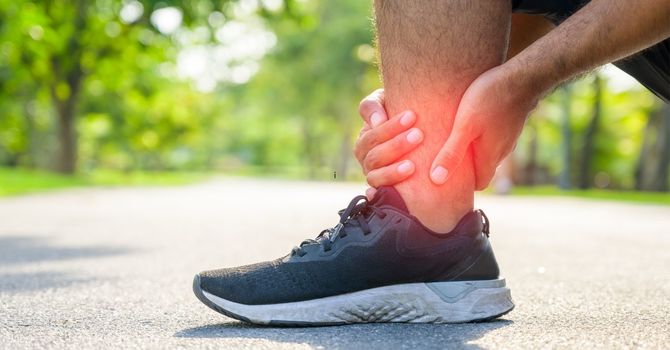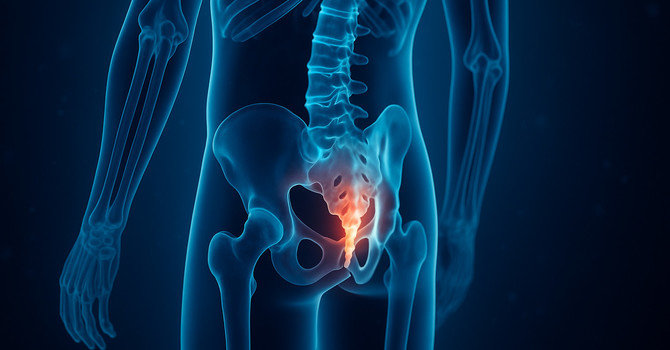CONTINUATION OF THE MAKE MOVEMENT YOUR NEW ADDICTION (PART 1)...
Below I am sharing a list of reasons to consider when evaluating your personal level of physical activity. I am leaving out other considerations, such as nutrition, but everything is connected, so please remember physical activity is just one of the many aspects to consider.
Disclaimer: I don’t claim that this list will be complete nor do I pretend to be an expert in every field or having read and memorized every research paper on these topics. The intended purpose is to for you too be informed and able to make choices that will benefit your health and wellness.
- Digestion. Physical activity increases blood flow to the muscles while active, but in the time after activity, the blood is redirected to the digestive system to collect nutrients from our food to replenish what we just used. The entire digestive system becomes more effective at breaking down our foods, absorbing the nutrients we need and getting rid of the waste products we can’t use. With physical activity follows a natural hunger, which rarely includes cravings for junk food, but for what the body truly needs.
- Metabolism. With physical activity– and especially varied physical activity of different types – our muscles become better at using different fuel sources. Short intense explosive activities will encourage using glucose as fuel, where lower intensity activities for longer times will encourage using fats as fuel. By engaging indifferent activities of different duration and intensities, we improve our ability metabolize both sugar in the blood and fat from our body fat.
- Cholesterol. As mentioned above, cholesterol are transport units for fatty acids in the blood. With too much Low-Density Lipoprotein (LDL) there is a risk of these balloons becoming “sticky” and sticking to the walls of the blood vessels causing blockages. Especially if the individual LDL stays in circulation for too long the surface become damaged. High-Density Lipoprotein (HDL) can be viewed as a vacuum leaner that collects some of the damaged LDL. With physical activity, we decrease the amount of LDL as well as decrease the time each LDL spends in our blood before broken down and replaced with new LDL. But physical activity also increases the level of HDL so the clean-up becomes more effective.
- Diabetes. There are different types of diabetes. Type 1 is an inability to produce insulin in the pancreas,and patients will have to inject insulin to keep the blood sugar level under control. Type 2 is an inability for the cells to respond to the insulin the pancreas produces and will therefore react as if no insulin is present. Regardless of the type of diabetes physical activity increases the metabolism of the sugar in the blood and that way helps regulate the blood glucose levels. If not controlled, high blood glucose levels can damage the blood vessels and cause a wide range of damages, including damages to the eyes, kidneys, and peripheral nerves, and increase the risk of heart attacks and strokes.
- Energy. As healthcare practitioners we often hear patients say they don’t have the energy to exercise. I totally get that. After a long day at work, it’s hard to muster the energy to go to the gym or go for a walk or run. However, with regular physical activity come all the positive effects already mentioned and more. Physical activity increases the ability to make energy available for activity and is increases the motivation to be active. It can easily become a feeling of being addicted to move, and once living an active lifestyle it is easy to become restless if the physical activity becomes limited.
- Immune system. As mentioned earlier, the lymphatic system is assisted by physical activity and that the immune system recharges during sleep. Apart from that, is has been shown that the body’s ability to respond fast to infections is improved with regular physical activity. Too much physical activity can inhibit the immune system, so if battling a disease, it may be an idea to take a break from high intensity physical activities.
- Weight Management. With the ability to burn fats and sugars equally during physical activity it is easier for our body to regulate and maintain a natural healthy body composition and weight. This is tightly related to our diet and can’t be discussed without looking at what and how much we ingest. By nature, the human body is very good at absorbing nutrients and storing the energy for when food is not readily available. However, this is rarely the case, and although the body is preparing for periods of hunger, we never truly rely on that saved up energy reserve and it just keeps growing. In a way it’s simple; if you save up more energy than you use, your body will store is and you will gain weight. Physical activity increases what you burn, and you can therefore eat more without gaining weight.
- Stress, Depression and Anxiety. More and more research is supporting prescribing exercise for patients with anxiety and depression. Not only is it as effective for mild to moderate depression and anxiety as antidepressants but it also comes without side-effects. But even for people who don’t suffer from symptoms of depression and anxiety, physical activity will release endorphin, as well as help the brain balance serotonin, epinephrine, norepinephrine, and dopamine. Physical activity also helps decrease the level of the stress hormone cortisol. With these neurotransmitters and cortisol well balanced, we feel better physically,mentally and emotionally. Naturally, physical activity does not solve the reason for the stress, depression or anxiety, but it decreases the symptoms of it and can help us through the tough times while we work with a counsellor on the underlying problems.
- Sex. Studies show that low level of physical activity can negatively affect libido and physical ability to enjoy sex. These affects can be tied to lack of desire and tiredness, inability to feel pleasure, but also be connected to dryness, erectile dysfunction, premature ejaculation and much more. With regular physical activity the body’s physical functions improve and will often make the physical aspect better. The mental and emotional aspects can have the same benefits as mentioned about depression and anxiety.
- Sleep. Physical activity enables our brain and body to modulate the circadian rhythm better and release the correct level of hormones as the correct times during the day and night. Sleep is important for mental and emotional health, but also for our physical well being. Our muscles and skeleton repairs while we sleep. The brain resets and “cleans up” the short to long term memory storages. Our immune system recharges. Our digestion and metabolism slow down. Sleep is essential for health and well-being and physical activity encourages a natural tiredness and releases more of the sleep encouraging hormones.
- Pain perception. Pain is a complicated and multifaceted topic in itself – a topic that easily could be an entire blog alone. However, without being too technical or trying to cover all aspects of this, there is lots of reasons why movement changes our perception of pain.There is evidence showing that movement increases non-painful sensory signals traveling through the spinal cord back to the brain and crowds out some of the pain signals taking similar paths. Furthermore, when moving the body releases natural chemical mediators that decreases the sensation of pain locally and globally. Movement also allows for better blood flow, release of tension and spasms, lubrication of joints, loading and off-loading of spinal discs and joint cartilage. Movement teaches the brain to modulate the management of pain signals it receives from the body. And these are just a few of the major reasons why pain is positively affected by pain. Naturally, pain is designed to be the body telling the brain that danger is eminent, so it’s important to treat pain with respect and understand the why’s and what’s. But once cleared by a healthcare professional, movement is one of the best pain management tools, and can help prevent future injuries and pain episodes.
PHEW! I know that is a LOT of information and I certainly don’t expect you to remember or even care about each point above. But if just ONE of the arguments got you motivated to make movement your new addiction for 2019, then it was all worth it. You can always return to re-read the blog later, and I bet some of the other points will stand out to you. If nothing more, please know that the rehab exercises I prescribe to all my patients have many purposes, and are all designed to make you better faster and for longer.
As always, I am always open for a chat about it all and will happily explain how all of this apply to your own specific situation, so please don’t hesitate to ask at your next appointment.
Sincerely in Health,
Dr. Kenneth Stelsoe, BSc, DC
Owner / Chiropractor




